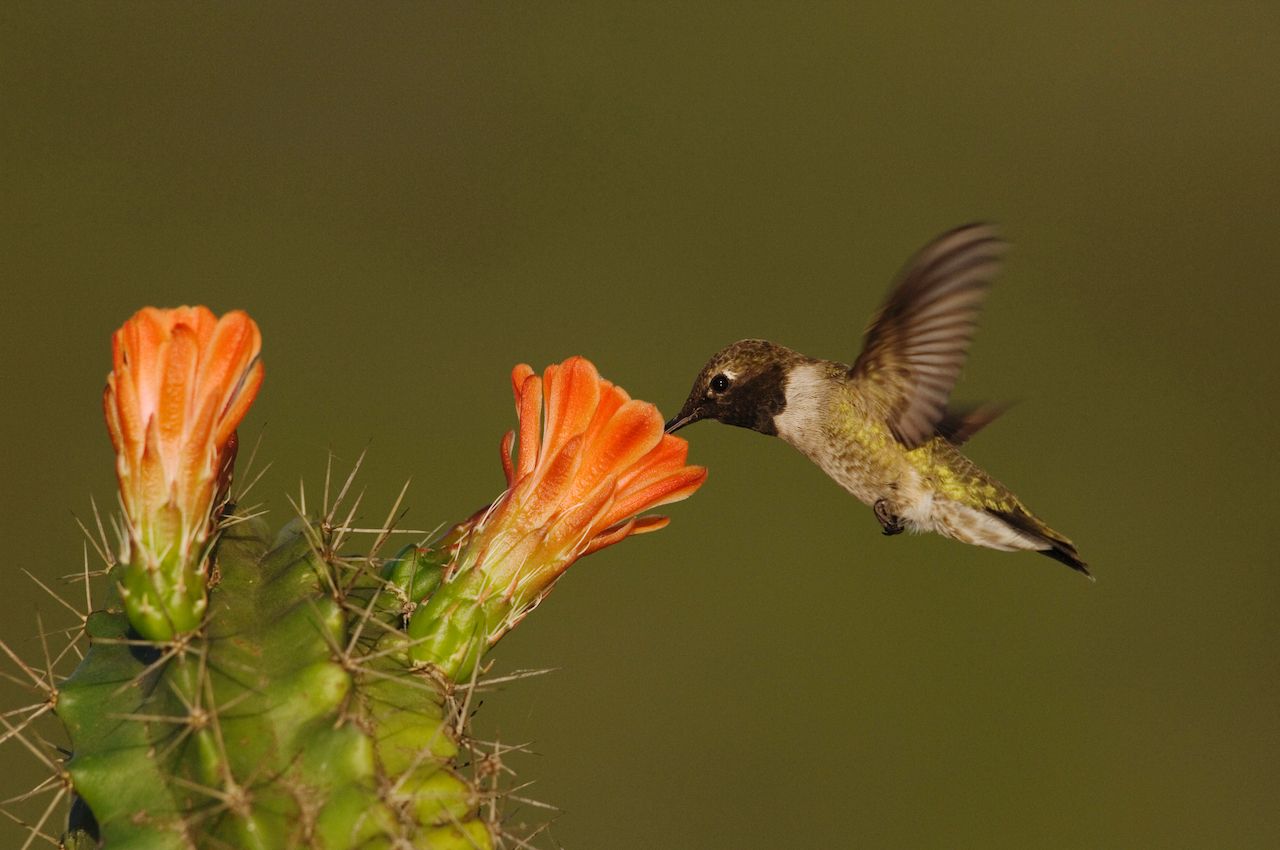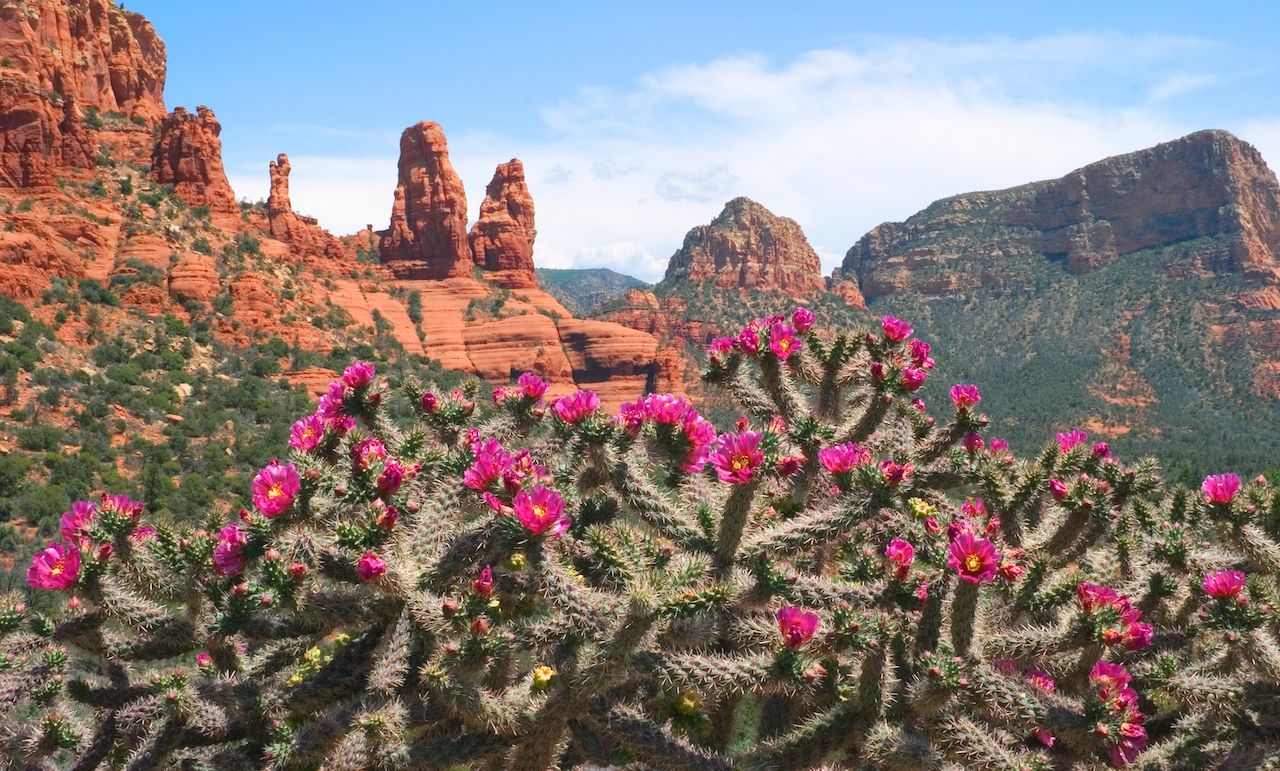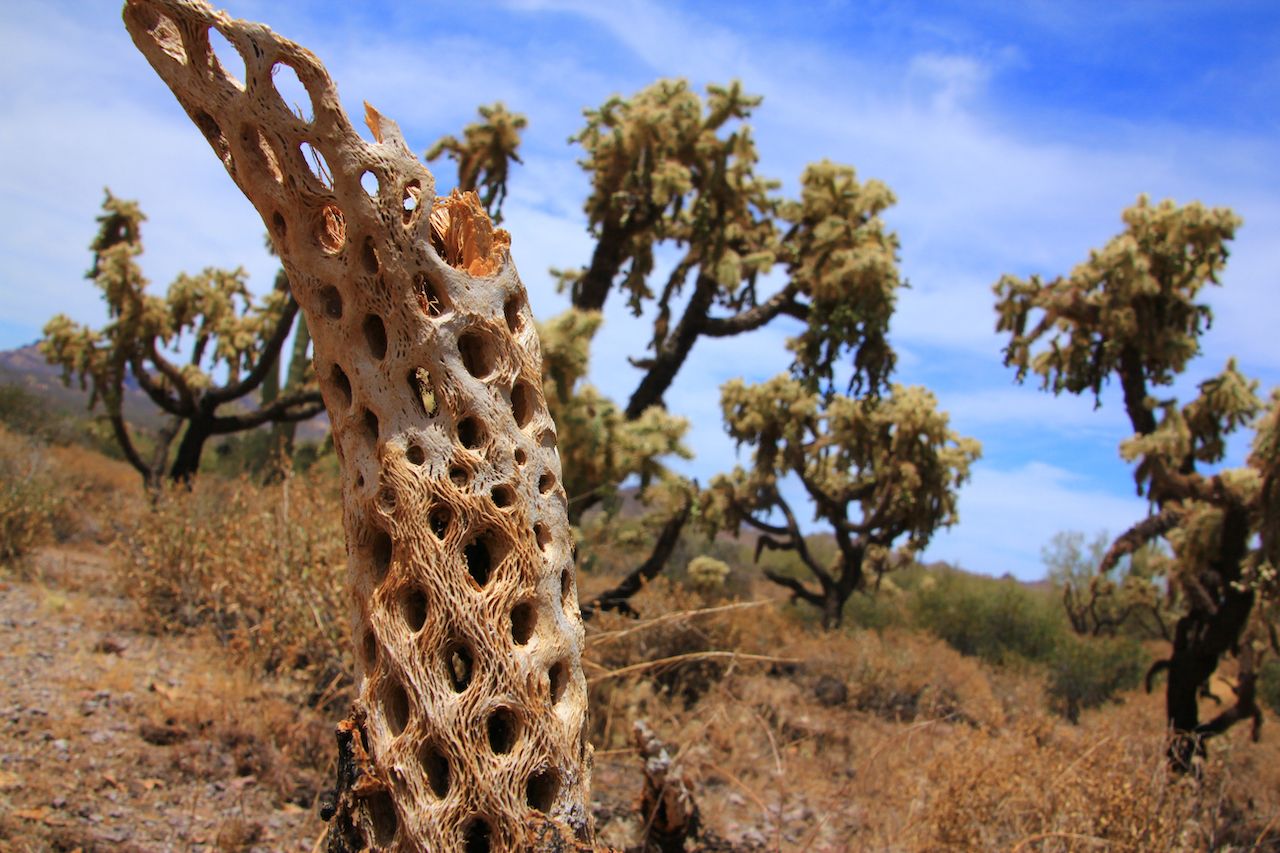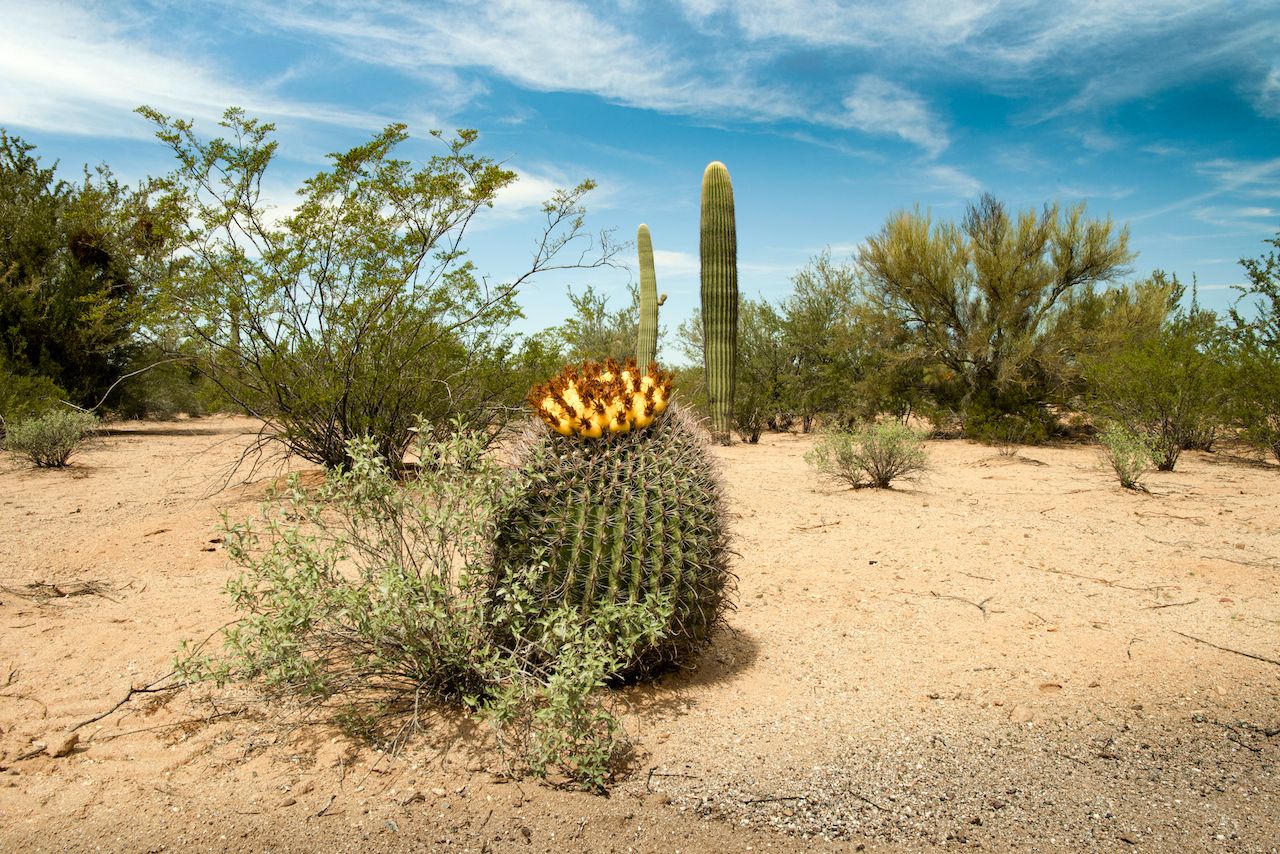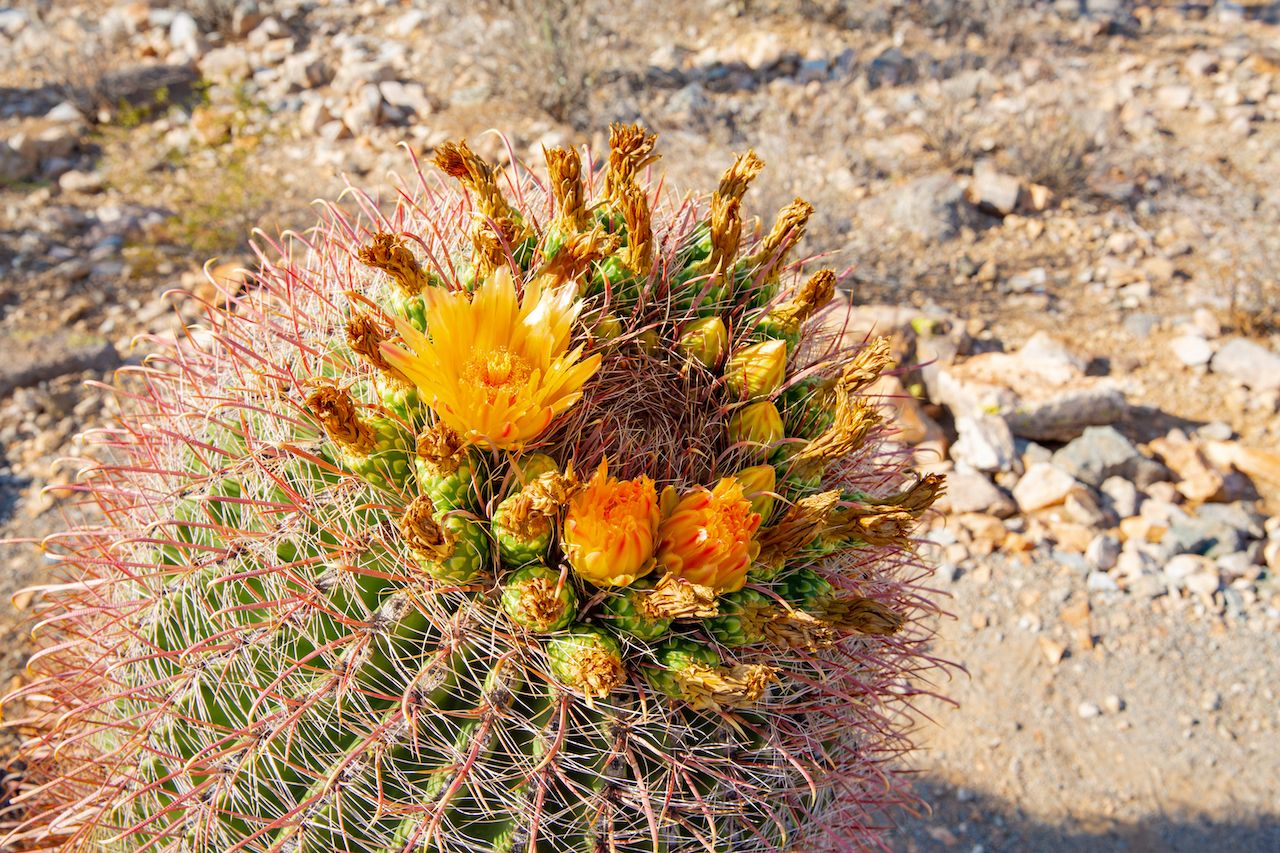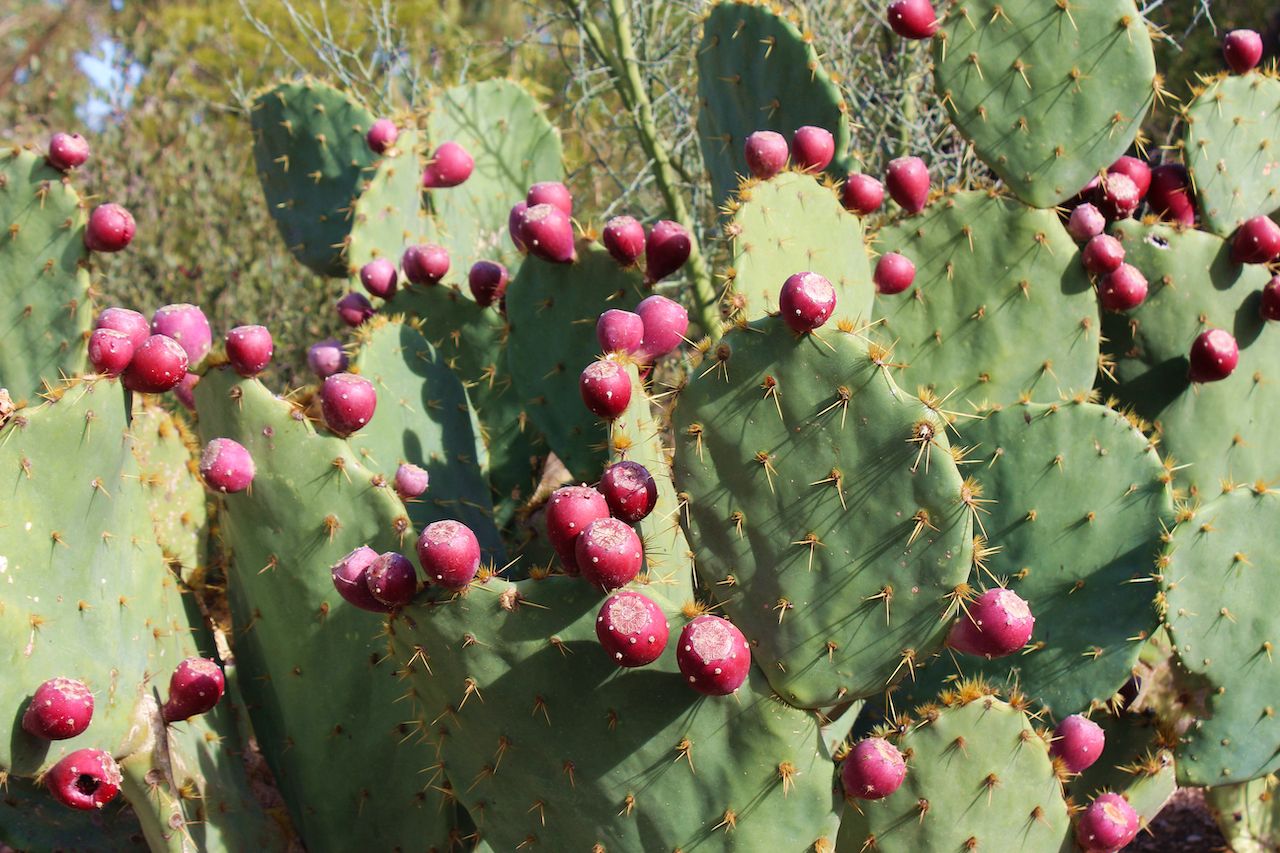The American Southwest gets a lot of attention for the dazzling desert landscapes and rock formations of its national parks, monuments, and recreation areas, but travelers would be remiss not to zoom in on the region’s smaller natural wonders. It might be hard to take your eyes off the towering arches, spires, hoodoos, canyon walls, and sandstone buttes to look to the ground and take in the plants that grow there, but it’s well worth the effort.
According to the US Fish and Wildlife Service, there are about 1,400 species of cactus in the world, most of which are native to the Americas and the Caribbean. Many of the cactuses that grow in the American Southwest are unique to the region, carry historical and cultural significance for the local Indigenous people, and are of such resilient beauty, it’s hard not to feel in awe at the sight of them.
Plan your national park adventure around these prickly stunners for lessons in local botany, history, and culture, and an eyeful of some of nature’s most amazing flora.


